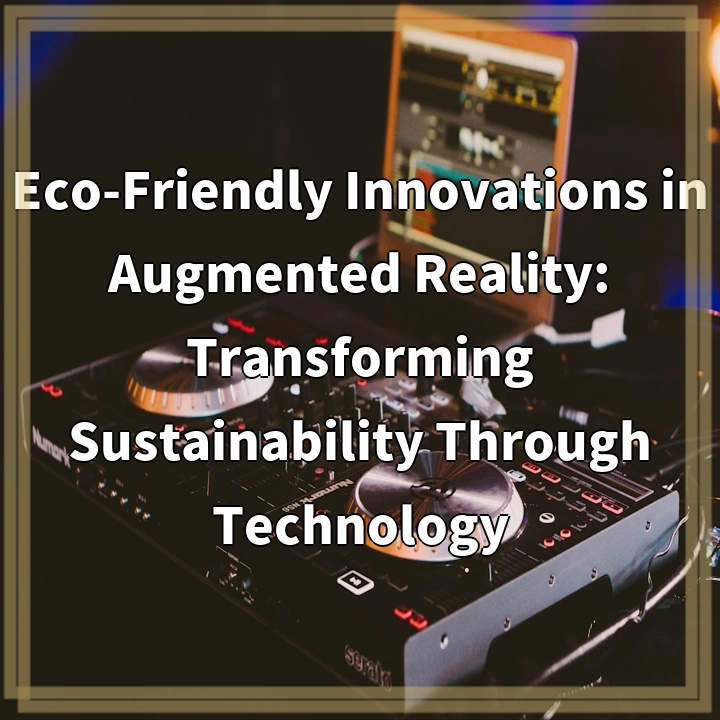
What it is:
Eco-friendly digital currency mining refers to the practice of using sustainable and renewable energy sources for the mining of cryptocurrencies. Traditional digital currency mining, particularly Bitcoin, often relies on energy-intensive processes that utilize fossil fuels, leading to significant carbon emissions and environmental degradation. In contrast, eco-friendly mining initiatives aim to reduce the environmental impact by leveraging greener alternatives such as solar, wind, and hydroelectric power. Additionally, these methods often incorporate innovative technologies and practices to enhance energy efficiency and minimize waste.
Real-World Problems:
Despite the promising innovations in eco-friendly digital currency mining, there are several real-world problems associated with its implementation:
High Initial Costs:
Transitioning to eco-friendly mining often requires substantial upfront investments in renewable energy infrastructure and advanced mining equipment. Many smaller-scale miners may struggle to afford these initial costs, creating a barrier to entry and limiting the widespread adoption of sustainable practices.
Energy Source Accessibility:
Not all regions have equal access to renewable energy sources. In some areas, the infrastructure for solar, wind, or hydroelectric power is underdeveloped, making it challenging for miners to tap into eco-friendly options. This geographic disparity can perpetuate reliance on fossil fuels in regions where green energy is not viable.
Technological Challenges:
Implementing eco-friendly solutions requires cutting-edge technology and expertise. Many mining operations may lack the technical knowledge or resources to upgrade their systems to be more energy efficient or to integrate renewable energy solutions effectively.
Market Volatility:
The cryptocurrency market’s inherent volatility can create uncertain financial returns for miners. This instability may discourage investment in eco-friendly technologies, especially if miners fear they will not recoup their costs during market downturns.
Different countries have varying regulations regarding cryptocurrency mining and energy consumption. Navigating these complex regulatory environments can be challenging for those looking to implement eco-friendly practices, slowing the adoption of sustainable mining methods.
Environmental Trade-offs:
While eco-friendly mining aims to reduce carbon footprints, there can still be environmental trade-offs. For instance, large-scale solar farms may require significant land use, potentially disrupting local ecosystems. As the industry evolves, it’s crucial to carefully assess all environmental impacts.
Public Perception and Awareness:
The general public’s understanding of cryptocurrency mining is often limited, and misconceptions may hinder support for eco-friendly initiatives. Education and awareness campaigns are essential for gaining public buy-in and promoting greener mining practices.
Scalability Issues:
Many eco-friendly solutions work well on a small scale but face challenges when scaled up to meet the demands of larger mining operations. This can make it difficult for companies to justify transitioning to more sustainable practices without sacrificing efficiency or profitability.
As the digital currency landscape continues to evolve, addressing these real-world problems will be crucial for the future of eco-friendly mining. Continued innovation, investment, and collaboration among industry stakeholders can help pave the way for a greener cryptocurrency ecosystem.

Solutions for Eco-Friendly Digital Currency Mining
To address the challenges and promote sustainable practices within the realm of digital currency mining, various solutions can be implemented. These strategies focus on improving accessibility to renewable energy, enhancing technology, and fostering industry cooperation.
Investment in Renewable Infrastructure
Encouraging investments in renewable energy infrastructure—such as solar farms, wind turbines, and hydroelectric systems—can significantly reduce the reliance on fossil fuels for mining operations. Creating financial incentives or grants for miners to make these upgrades can further facilitate this transition.
Decentralized Energy Solutions
Implementing decentralized energy solutions, such as community solar projects or local renewable energy cooperatives, can enhance accessibility to green energy sources. This approach allows miners, especially those in energy-poor areas, to tap into sustainable energy without significant initial investments.
Technological Innovation
Advancing mining technologies through research and development can lead to more energy-efficient mining practices. By using cutting-edge hardware and software that optimizes energy consumption, miners can lower their ecological footprint significantly.
Educational Initiatives and Awareness Campaigns
Raising public awareness and understanding of eco-friendly mining practices through educational initiatives can garner support from both the community and regulators. Improved public perception can stimulate demand for greener options and encourage miners to adopt sustainable practices.
Promoting Regulatory Support
Advocating for favorable regulations that support eco-friendly initiatives is essential. Governments can provide tax incentives or subsidize renewable energy projects to encourage miners to transition to more sustainable practices.
Collaboration and Networking
Establishing collaboration among industry stakeholders—such as miners, energy providers, researchers, and policymakers—can promote the sharing of best practices, technology, and resources. This synergy can lead to innovative solutions and amplify efforts to reduce the environmental impact of mining.
Scalable Eco-Friendly Solutions
Developing scalable eco-friendly mining solutions is critical. Businesses can focus on implementing pilot projects that demonstrate the feasibility and success of green practices, allowing for gradual scaling and adaptation in the industry.
By actively pursuing these solutions, the digital currency mining sector can shift towards more sustainable practices, alleviating the environmental impact while fostering economic growth in the cryptocurrency landscape.















